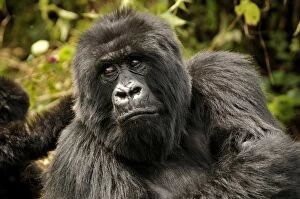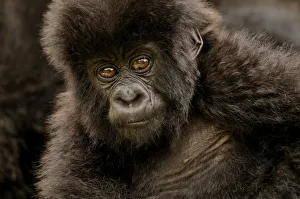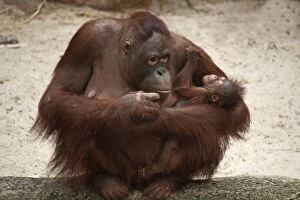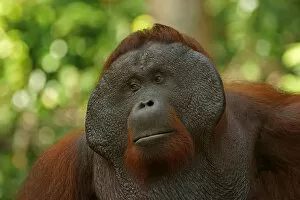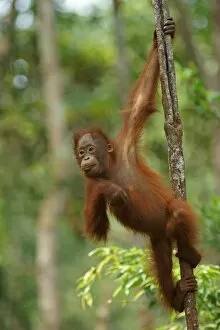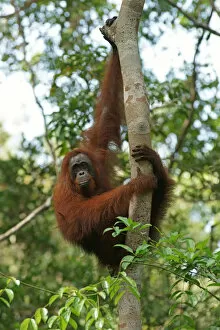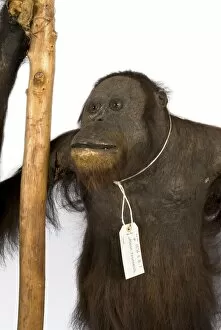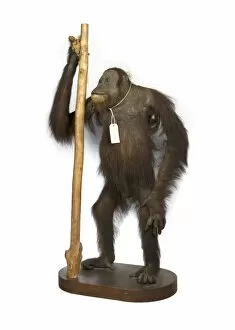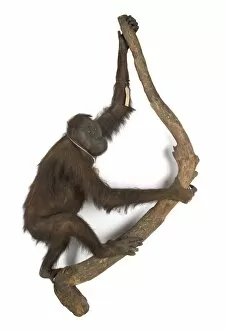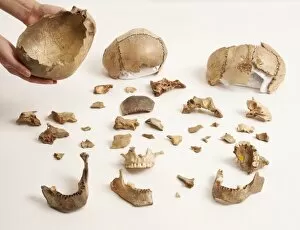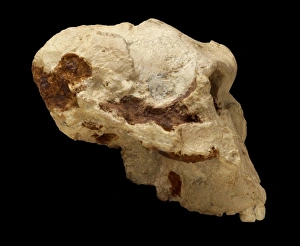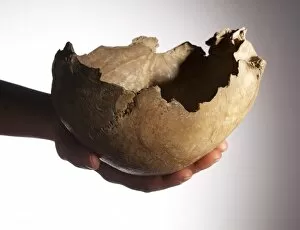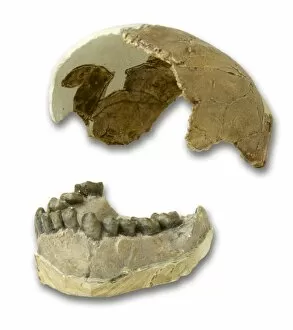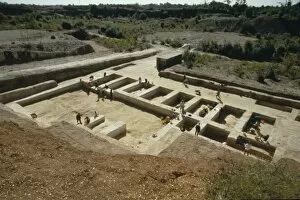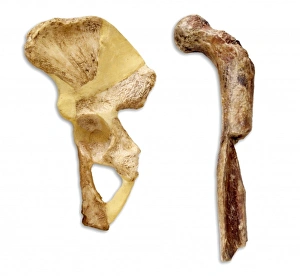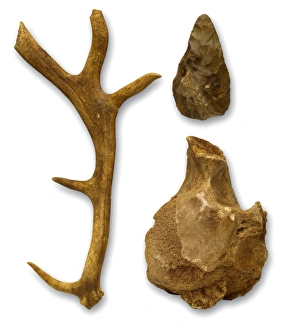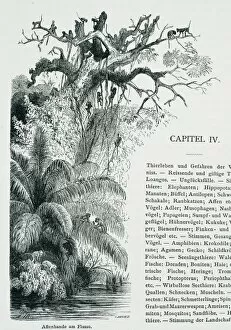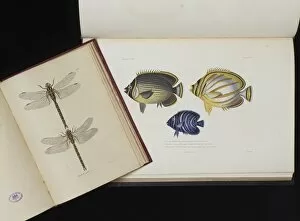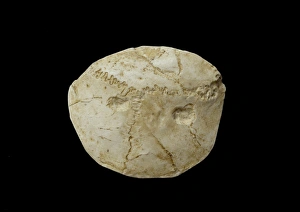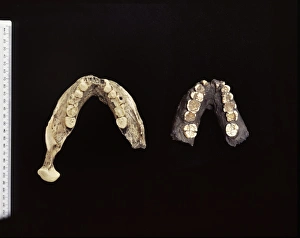Hominoidea Collection (page 5)
Hominoidea, also known as the superfamily of apes, encompasses a diverse range of species that have played a crucial role in our understanding of human evolution
All Professionally Made to Order for Quick Shipping
Hominoidea, also known as the superfamily of apes, encompasses a diverse range of species that have played a crucial role in our understanding of human evolution. From the famous Australopithecus afarensis (AL 288-1), affectionately nicknamed Lucy, to the powerful Homo neanderthalensis and the majestic Bornean Orangutan, each member of this group has left an indelible mark on scientific research. One fascinating aspect explored through hominoid studies is the concept of sensory and motor homunculus. These visual representations depict how different areas of our brain are responsible for processing sensory information from specific body parts and controlling their movements. By studying these maps, scientists gain insights into our ancestors' cognitive abilities and physical adaptations. Hominid crania provide valuable clues about ancient hominoids' skull structures and cranial capacities. The discovery of Australopithecus afarensis (AL 288-1) or Lucy's partial skeleton revolutionized paleoanthropology by revealing important details about bipedalism and early human locomotion. The Homo neanderthalensis at Swanscombe in the UK showcases these ancient humans in action. Their existence alongside modern humans challenges conventional notions about our evolutionary lineage while highlighting their unique cultural practices. Bornean Orangutans captivate us with their enchanting faces captured in portraits taken within Tanjung Puting reserve. These critically endangered primates remind us not only of our shared ancestry but also emphasize the importance of conservation efforts to protect their dwindling populations. Proconsul africanus represents an extinct genus that lived during the Miocene epoch, providing critical insights into primate evolution before apes diverged from monkeys. Studying its anatomy helps researchers understand how ancestral forms gradually evolved into today's great apes.

